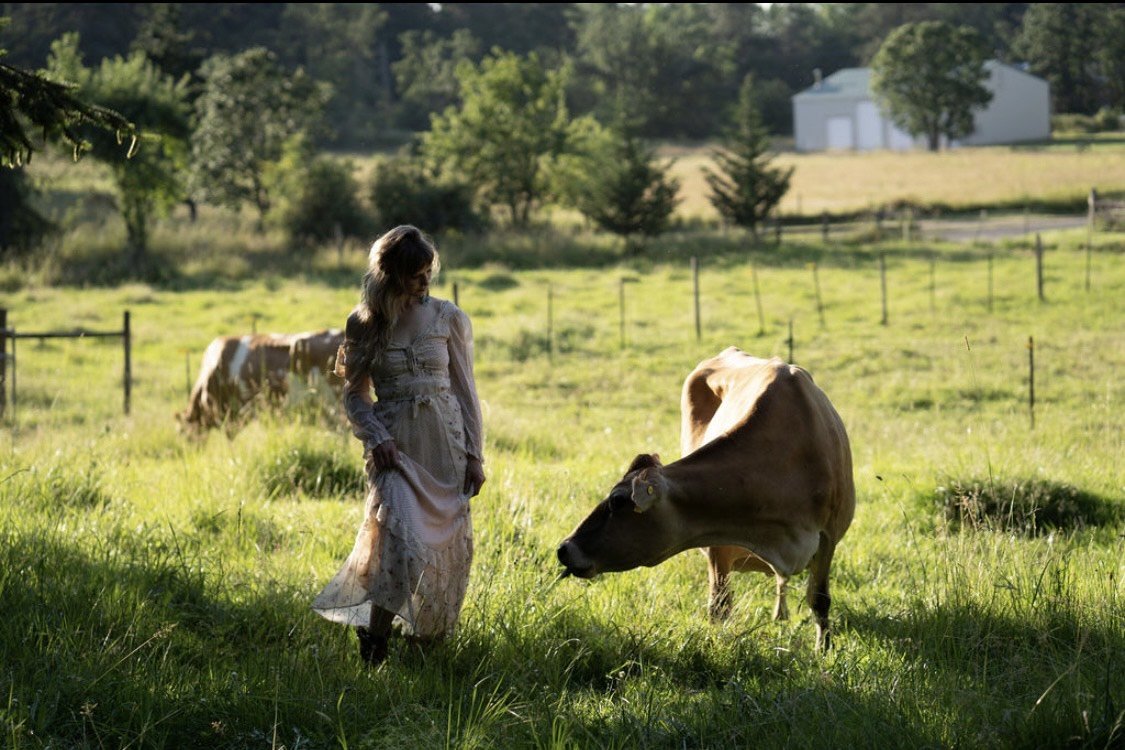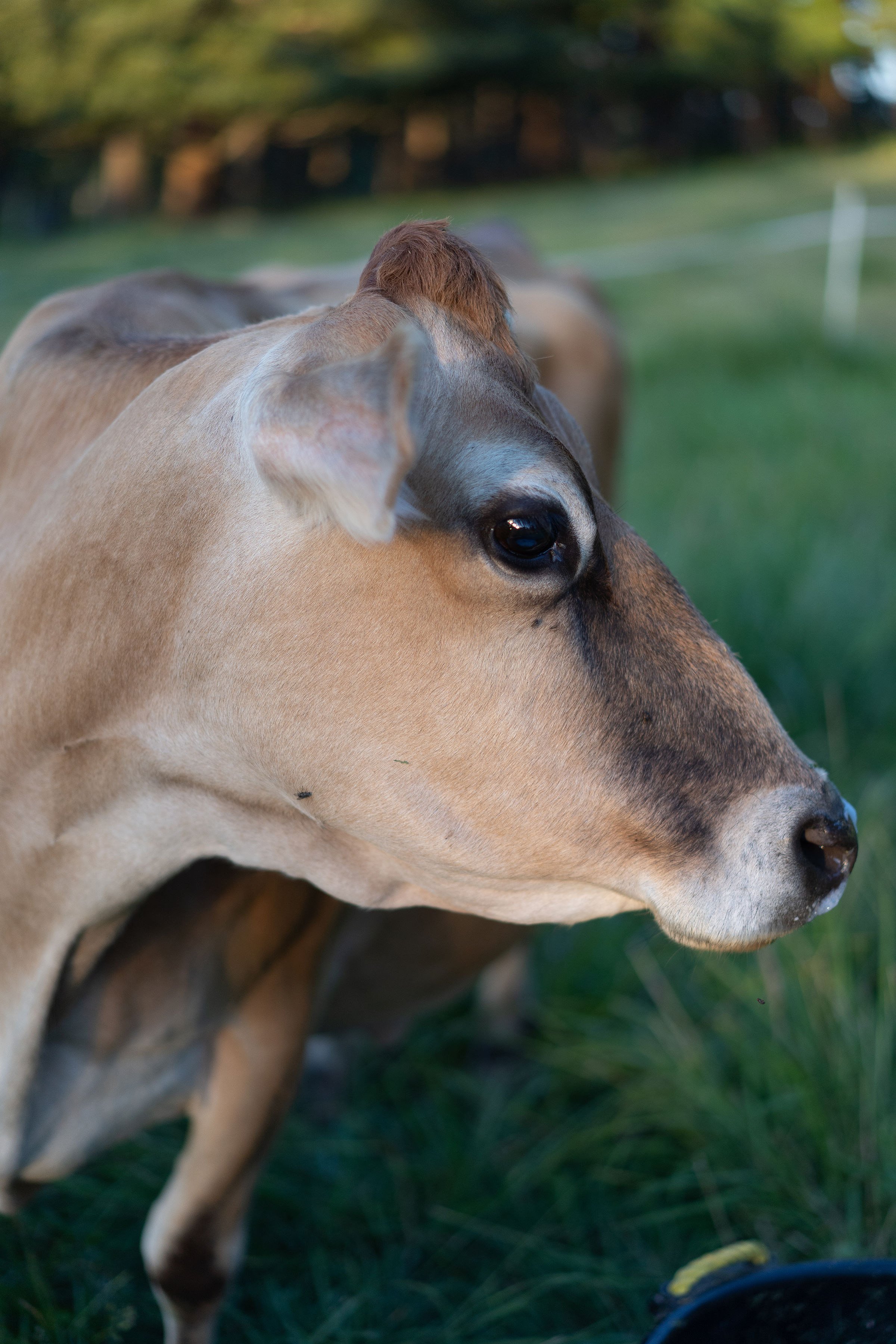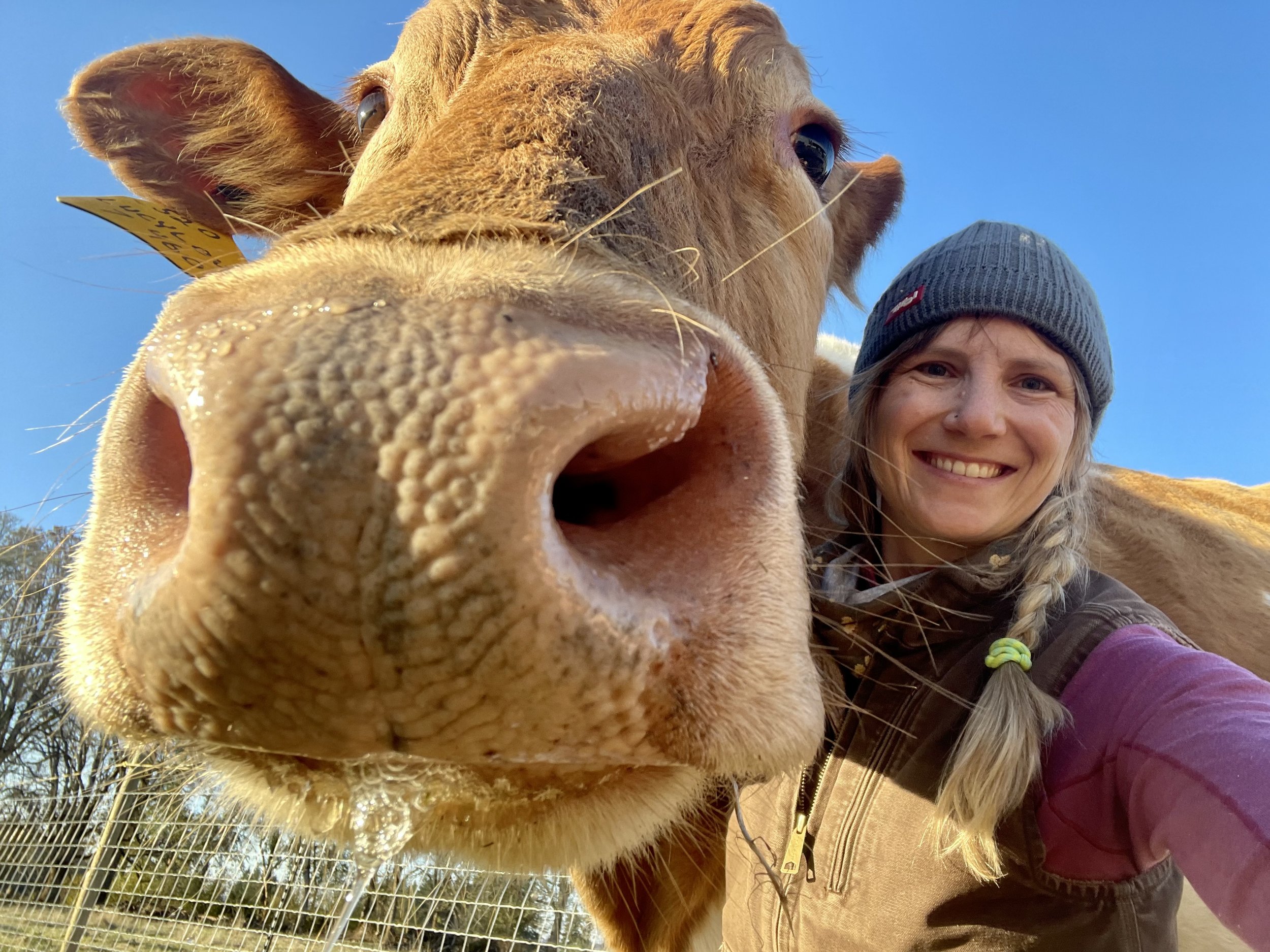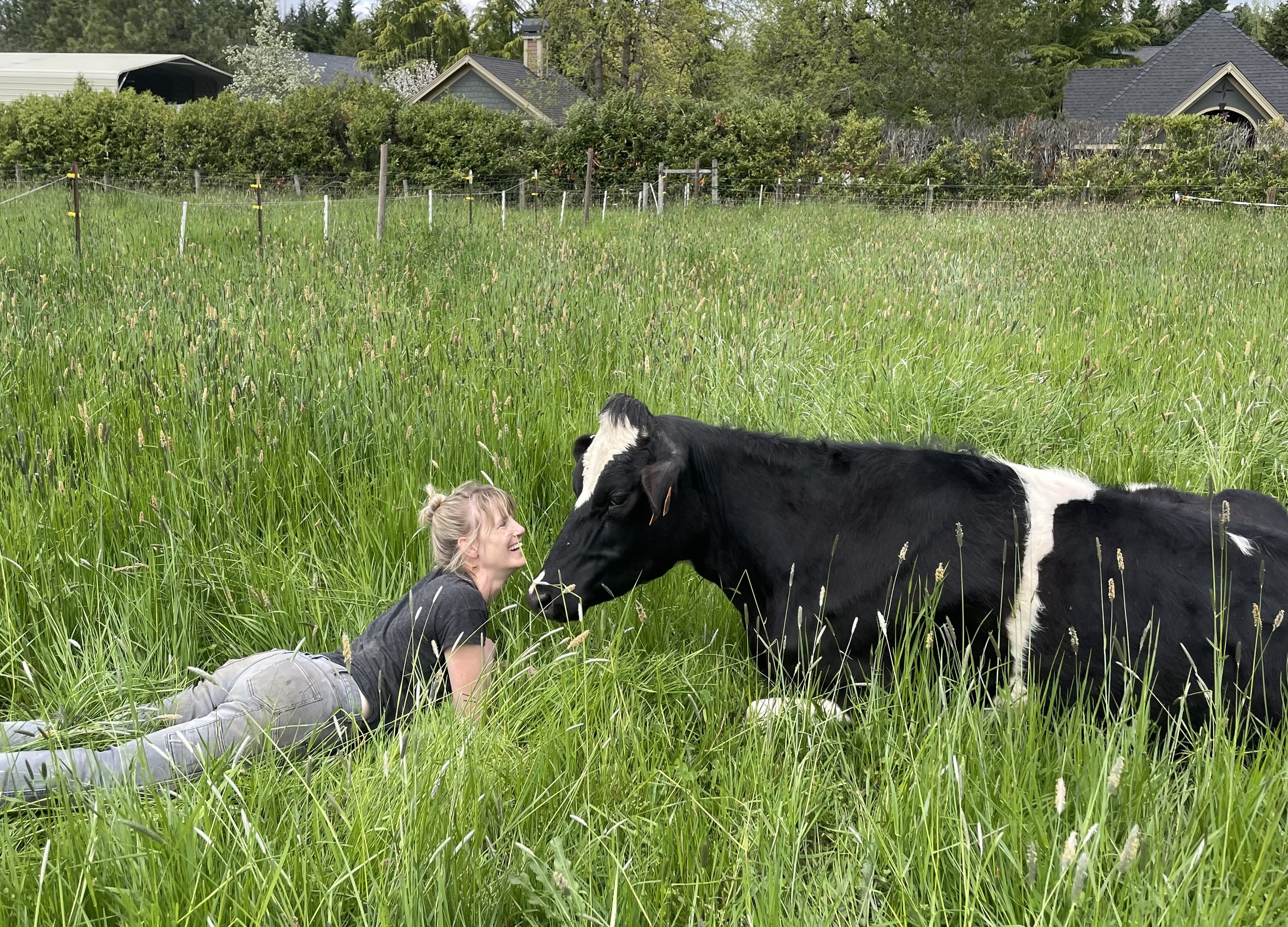One of our Acupuncturists, Rachel Hinnen, was recently featured in Bon Appetit Magazine for her ethical and sustainable meat production business Vorfreude Dairy Beef. You can read her full Bon Appetit article here. In additional to Acupuncture and healing, Rachel has had a life long passion to have a cattle ranch which has lead her to raise, care for and process retired dairy cows for high-quality grass-fed beef. In this blog, Rachel explores the intersection of her two passions, acupuncture and cows.
In Chinese, the word niu (牛) refers to all types of cow including ox, oxen, buffalo, bull, cattle, calf, etc and is the second animal in the Chinese zodiac. The cow has a large role in Chinese culture and has a particular association with spring. The “spring cow” can be found in many paintings and is often painted in yellow with the God of Spring on its back. If the God is barefoot, it means there’s going to be a drought, if he’s wearing a hat, it’s going to be a cold spring, if he doesn’t have a hat it’s going to be a warm spring. The cow is also thought to control flooding and a metal cow was placed at the bottom of the river to prevent flooding. It is believed in Chinese culture that if you come across a cow it symbolizes wealth opportunities will arrive soon. The element associated with them is earth and direction is northeast. The cow was both a God and a sacrificial object. The Tibetan genesis myth, The Origin of Things, creates a romantic story of the creation of heaven and Earth, and it records that "the head, eyes, guts, hair, hoofs, and heart of the ox turn into the sun, the stars, the rivers, the lakes, the forests, and mountains respectively after its death". Li ethnic people of China did not see a doctor if they were sick; instead, they preferred to slaughter an ox and pray for healing. They also took advice from witches and ate beef as medicine.
Rachel’s lifelong dream has been to have a cattle ranch and has spent many years in the horse industry which lead her to working on ranches, even so far as working on an Australian cattle station. This led her to become increasingly involved in ethical and sustainable meat production, searching for the whole truth in what it takes to produce food, and eventually learning how to butcher her own cows. If you want something done right, you gotta do it yourself!
Rachel is only in clinic on Thursdays because she’s also been very busy building the beef business of her dreams—“upcycling” old dairy cows whose milking careers are done and would otherwise be just ground beef. Why old dairy cows? Not only is it more sustainable to have a dual-purpose product (beef and milk, plus the many other products Rachel is making from their tallow, hides and skulls), but older cows have a much richer flavor and are packed with nutrients. You can see this in the dark purple color of the meat and the yellow of the fat. Instead of going to auction, these select cows from local dairies come to luxurious pastures that Rachel leases in Molalla and Estacada. She uses rotational grazing techniques to maximize pasture health, soil health, as well as carbon sequestration (when properly managed cattle can actually help put carbon back into the earth!). The ladies get a retirement with lots of love before becoming premium beef and every bit of the animal is used to its highest purpose.
Ethics and the environment is always at the forefront of her operation. Rachel has built important relationships in the industry and works very closely with the butcher to examine everything, deciding how to maximize all the best cuts from each beef. The beef is sold under what’s called “custom exempt”, meaning that the animals never go to a slaughter house, but instead the mobile slaughter comes to the farm. This means no trucking, less carbon foot print, and less stress for everyone, especially the cows. Beef is sold in “shares” as quarters, halves and whole. This is a much more economical and environmentally friendly way of eating meat, and buying farm-direct means farmers don’t lose already slim margins by going through a 3rd party. It also ensures that the beef is American born, raised, and processed. Did you know that beef can be, and a lot is, imported from another country, packaged in America and labeled as US beef? You also get to try cuts you’ve maybe never had before. Not only is this fun for cooking and your palette, but buying a diversity of cuts helps farmers out a lot. If everyone’s always buying the same 3 cuts that makes figuring out what to do with the rest of the cow a lot trickier!
In a zero-waste effort, Rachel also makes and sells soap, candles and body butter from the tallow. Locally made leather products from tanned hides will be available later this year. She is currently working on events to combine her healing background and cows with the likes of cow yoga, pasture group acupuncture, and singing bowl retreats on the farm. Stay tuned 😊
To purchase a share this can be done through her website Vorfreude Dairy Beef or contacting her via her business’s Instagram account @vorfreudedairybeef. To read the full Bon Appetit article, “One Bad Minute” which profile’s Rachel and her cattle ranch click here.
